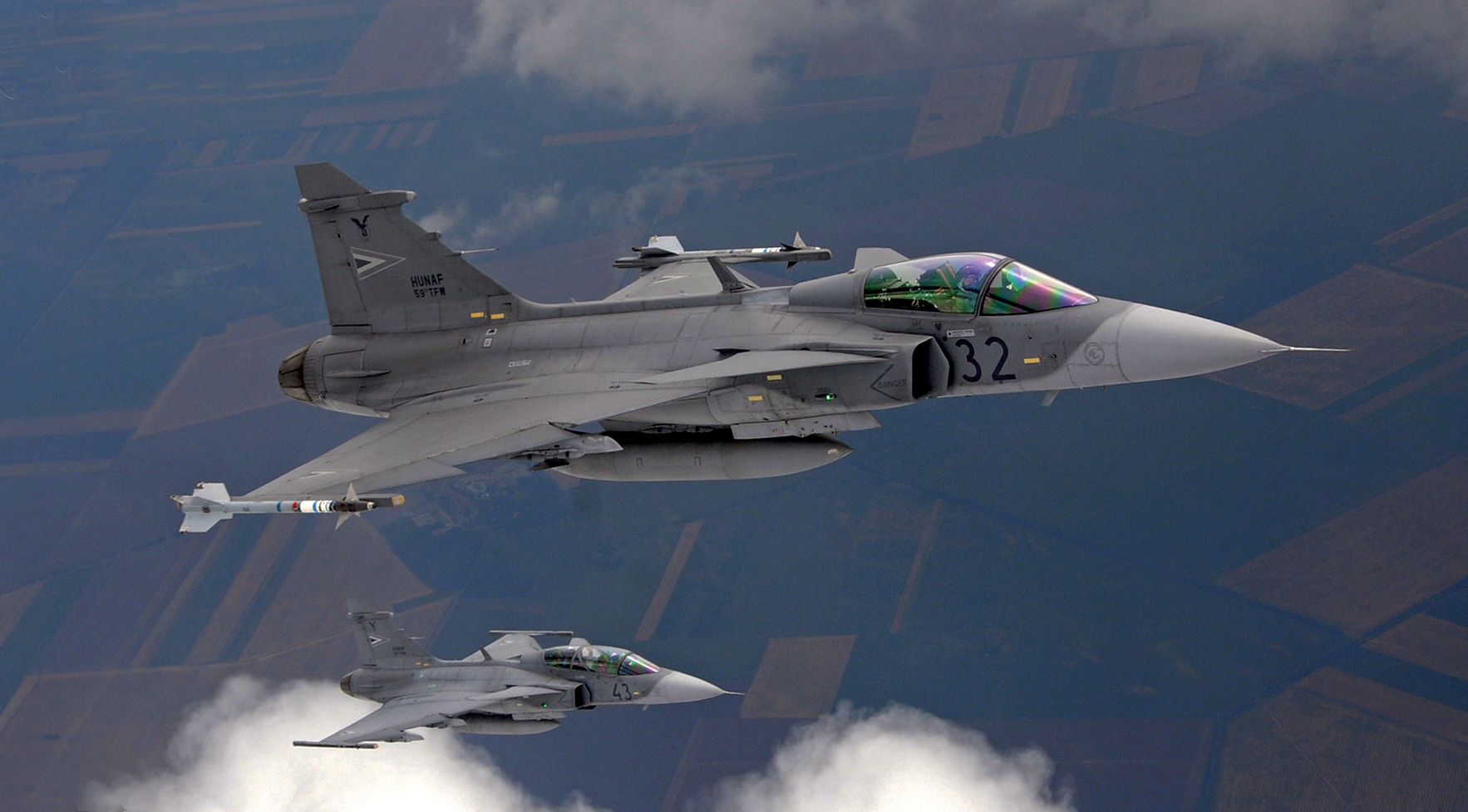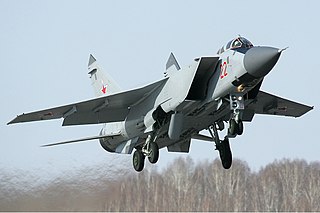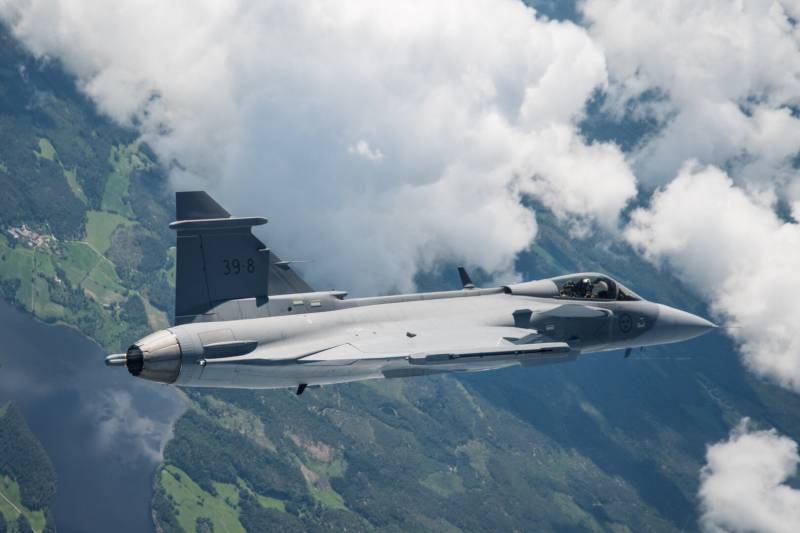HeadlessSeeker
Professional
- Jul 1, 2018
- 2,764

| 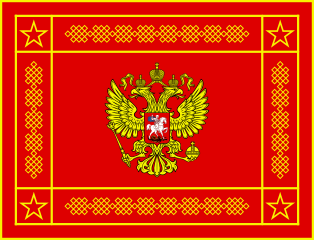
| 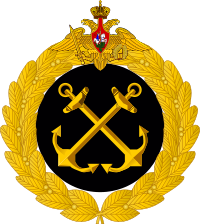
|
Russian Armed Forced Combined Operation
Classified, Encrypted, and Secret
Classified, Encrypted, and Secret
Active: | Yes |
Country: | Russia |
Branch: | Russian Navy |
Garrison/HQ: | Baltyysk Naval Base, Port of Novorossiysk, Vladivostok Port |
Name: | Personnel: | Equipment: | Billet: | Commander: |
388th Marine Reconnaissance point | 300 Naval Spetsnaz | N/A | Baltyysk Naval Base |
Active: | Yes |
Country: | Russia |
Branch: | Russian Navy |
HQ: | Baltyysk Naval Base |
Vessel: | Personnel: | Equipment: | Billet: | Commander: |
'Abrau Sprat' Losos-class submarine | 3 Sailors | Baltyysk Naval Base | ||
'Baltic Sculpan' Losos-class submarine | 3 Sailors | Baltyysk Naval Base | ||
'Zander' Losos-class submarine | 3 Sailors | Baltyysk Naval Base | ||
'Caspian Kutum' Losos-class submarine | 3 Sailors | Baltyysk Naval Base | ||
'Amur Sturgeon' Losos-class submarine | 3 Sailors | Baltyysk Naval Base | ||
'Vobla' Losos-class submarine | 3 Sailors | Baltyysk Naval Base | ||
'Kaluga' Losos-class submarine | 3 Sailors | Baltyysk Naval Base | ||
'Nelma' Losos-class submarine | 3 Sailors | Baltyysk Naval Base | ||
'Sheatfish' Losos-class submarine | 3 Sailors | Baltyysk Naval Base |
Active: | Yes |
Country: | Russia |
Branch: | Russian Navy |
HQ: | Baltyysk Naval Base |
Vessel: | Personnel: | Equipment: | Billet: | Commander: |
Berezina-Class Replenishment Ship | 389 Sailors, 12 Pilots | 2 Kamov Ka-27 | Baltyysk Naval Base |
Active: | Yes |
Country: | Russia |
Branch: | Airforce |
Garrison/HQ: | Kubinka air base |
Name: | Personnel: | Equipment: | Billet: | Commander: |
3rd Recon Squadron | 480 Pilots, 50 Ground Crew | 15 Ilyushin IL-20 (Coot-A) | Kubinka air base |
Objectives:
1: Obtain Military Intelligence on Belgium
2: Obtain Military Intelligence on Norway
3: Infiltrate Belgium and assess military capability
Belligerents:
Russian Federation
Kingdom of Norway
Republic of Belgium
Operation Begin:
A single Ilyushin IL-20 (Coot-A) of the 3rd Recon Squadron would be fueled to maximum for it's full 6,500 km range. It's film stock would be replenished and it's crew prepped on the mission and equipped. They would wear standard uniforms and each take with them a single ration with a menu option of their choice. One the aircraft had gone through a safety check the crew of said aircraft would board it, strap in, and then taxi to the run way.
The aircraft would take off and ascend to 30,000 ft at 333 mph before going to Olenya air base where it would slow down to it's minimum speed and then land. After that it would taxi to a parking spot and be topped off by ground crew. Once the fuel was back at maximum the aircraft would taxi to the runway and take off again and fly up to 30,000 ft at 333 mph.
Once out over the water it would descend to 25,000 ft and slow to a speed of 260 mph before then hugging the Norwegian territory out at 12 NM or 22.2 KM out. Once at the start the aircraft would switch on it's ELINT [Kvadrat-2], SLAR [Igla-1], SRS-5 Vishnya, Weather Radar, and SRS-7 Romb-4B. The SLAR could see 51.9 KM of the Norwegian land wile being 22.2 KM out due to it's 74.1 KM range. The COMIT and ELINT systems having a range of 926 KM.
The path being taken by the Ilyushin IL-20 (Coot-A) is KO, KP, KQ, JQ, JP, JO.
Meanwhile 54 Naval Spetsnaz would board the nine Losos-class submarines at Baltyysk Naval Base. Each took with them a wet suit, flippers, scuba compass, normal compass, and a fully charged IDA71 military and naval rebreather. For weapons they took AS Val assault rifles with eight twenty round magazines each loaded with subsonic ammunition. For a sidearm they took a SPP-1 underwater pistol with six loaded magazines of their specialized ammunition. The Losos-class submarines sailors would each just wear standard uniforms with their service Makarov pistols with two magazines. Each submarine was equipped with 30 days of rations for the nine men each would have to carry. The Frog Men would carry a week's worth of rations for when they got onto land.
The Frog Men also put in individual dry bags KLMK reversible coveralls, 1PN58 night vision scopes, 1PN50 night vision binoculars, 4 canteens (each), and lifchik chest rigs. One of the six would each have a single RPG-18 (collapsed). They also had a map of Belgium roads in a water proof bag. A single Zenit Fotosnaiper with two sets of film would be in the water proof bag. Also a Belgium phrase book would be added and encrypted two way radios. The Losos class submarines would have max fuel.
The Berezina-Class Replenishment Ship would be fully fueled and crewed with max fuel reserves and would be joining the the submarines. Once all ships were ready the Berezina-Class Replenishment Ship would depart first followed in a line by the nine Losos class submarines. Each vessel having 1 mile of distance between them to prevent them from crashing into one another. They would also avoid obstacles like land or bridge supports.
The route taken would be KO, JO.
The ten vessels would maintain a speed of 4kts so they would not be left behind by the larger replenishment ship. The submarines would also stay surfaced in the meantime. They would stick to international waters passing through the Zealand strait and going under the bridge. At 682 miles at 57°48'02.9"N 9°16'19.3"E the vessels would come to a halt and the Berezina-Class Replenishment ship would refuel the Losos-class submarines one at a time. At52°45'46.5"N 3°11'05.4"E they would be refueled again one at a time once more. However, here the submarines would submerge down to a depth of 180 feet and avoiding skimming the bottom as they approached the Belgium coast. Their underwater speed was now 4kts submerged while the Berezina-Class Replenishment ship stayed behind and waited.
'Abrau Sprat' Losos-class submarine, 'Baltic Sculpan' Losos-class submarine, and 'Zander' Losos-class submarine would head for Port of Antwerp but pause a mile out. 'Caspian Kutum' Losos-class submarine and 'Amur Sturgeon' Losos-class submarine would go to Port of Zeebrugge but pause a mile out. 'Vobla' Losos-class submarine and 'Kaluga' Losos-class submarine would go to the Port of Ghent but pause a mile out. 'Nelma' Losos-class submarine and 'Sheatfish' Losos-class submarine would go to the Port of Ostend but pause a mile out. They were going to wait for the stroke of midnight.
@Odinson
@Flying Damascas



